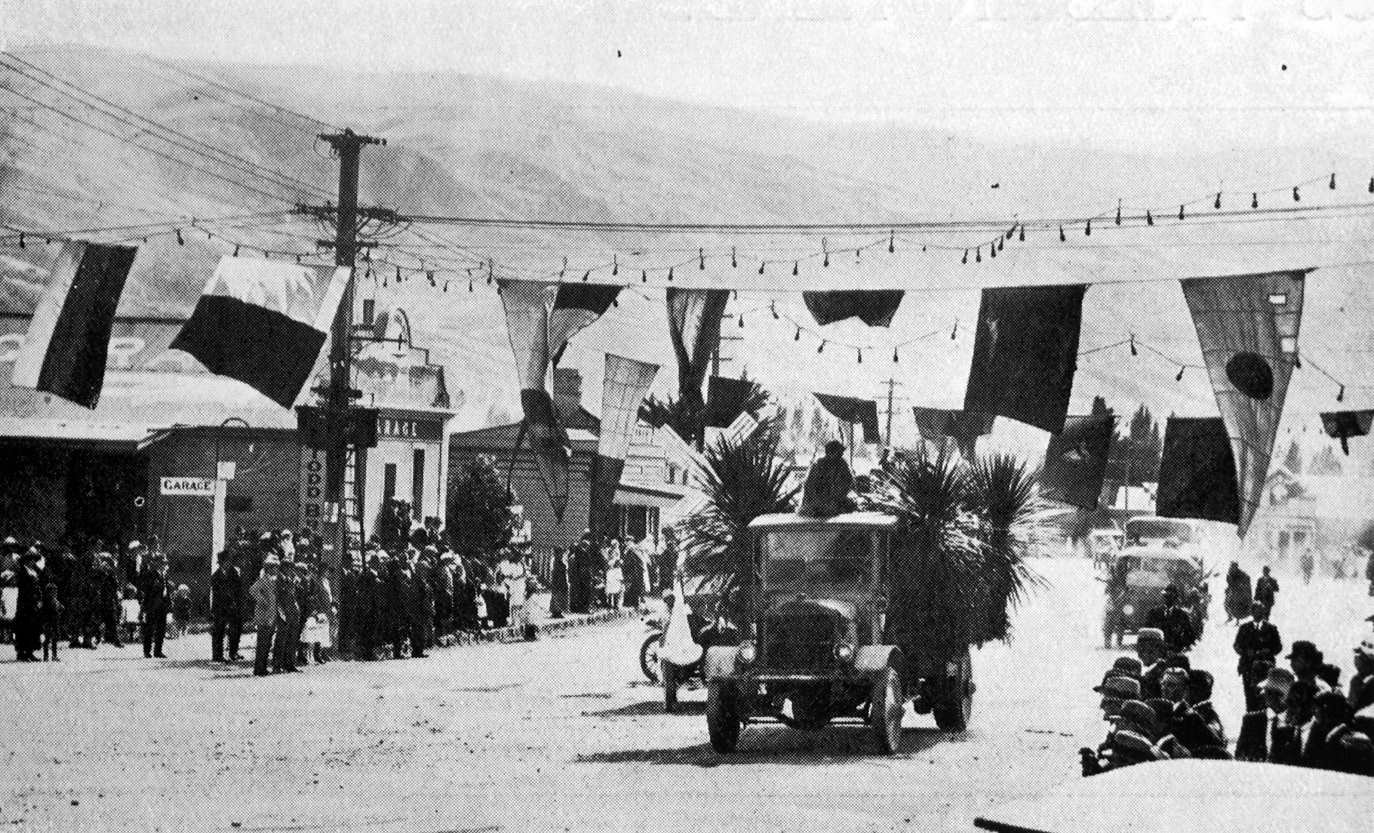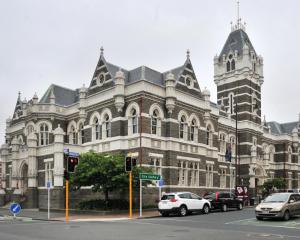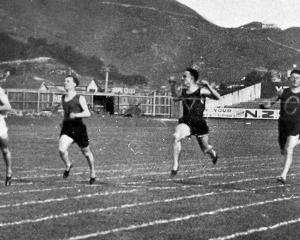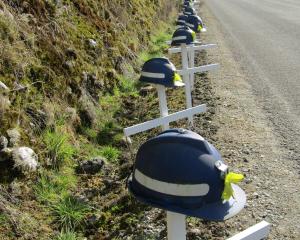Today was a gala day in Roxburgh, the district being en fete in celebration of the official opening of the Teviot Power Board works. The weather was beautifully fine, and a most enjoyable function was the result. The residents of the district turned out in force, and when their numbers were supplemented by visitors from the adjacent localities and from Invercargill and Dunedin, then the scene in the township was a very animated one. Quite a number of those interested in the development of hydro-electricity in Otago, and in the progress of the province generally, were present. The proceedings were opened with a large procession, headed by the local band, which included almost every kind of vehicle, people of both sexes in fancy costumes and concluded by a Maori haka, given with great spirit by a number of juveniles in Maori costume. After the procession the ceremony of turning on the power was performed by the Hon G.J. Anderson (Minister of Labour and Mines). The Minister went on to say that the Teviot Power Board was providing the people with a very essential commodity. This was the era of electricity which was enabling the people to secure benefits at a rate which would not be otherwise possible.
George Power Station described
The power station is situated on the side of a hill about 200 feet above the level of the Teviot River, and is built on a foundation of solid rock. It commands a fine view of the top of the district it supplies.
Installed within the station are two Pelton wheels of 235 horsepower each. Direct connection is made with two 125 kilowatt generators. The speed of these units is 1000rpm. The station will be unattended, and provision has been made for double the capacity when required of 1000hp. The switching station is on the main road and all electrical operations are controlled from here. The cost has been £30,000, of which £3000 is for assistance to consumers and £1000 for the stocking of showrooms. — ODT, 28.3.1924
Compiled by Peter Dowden















